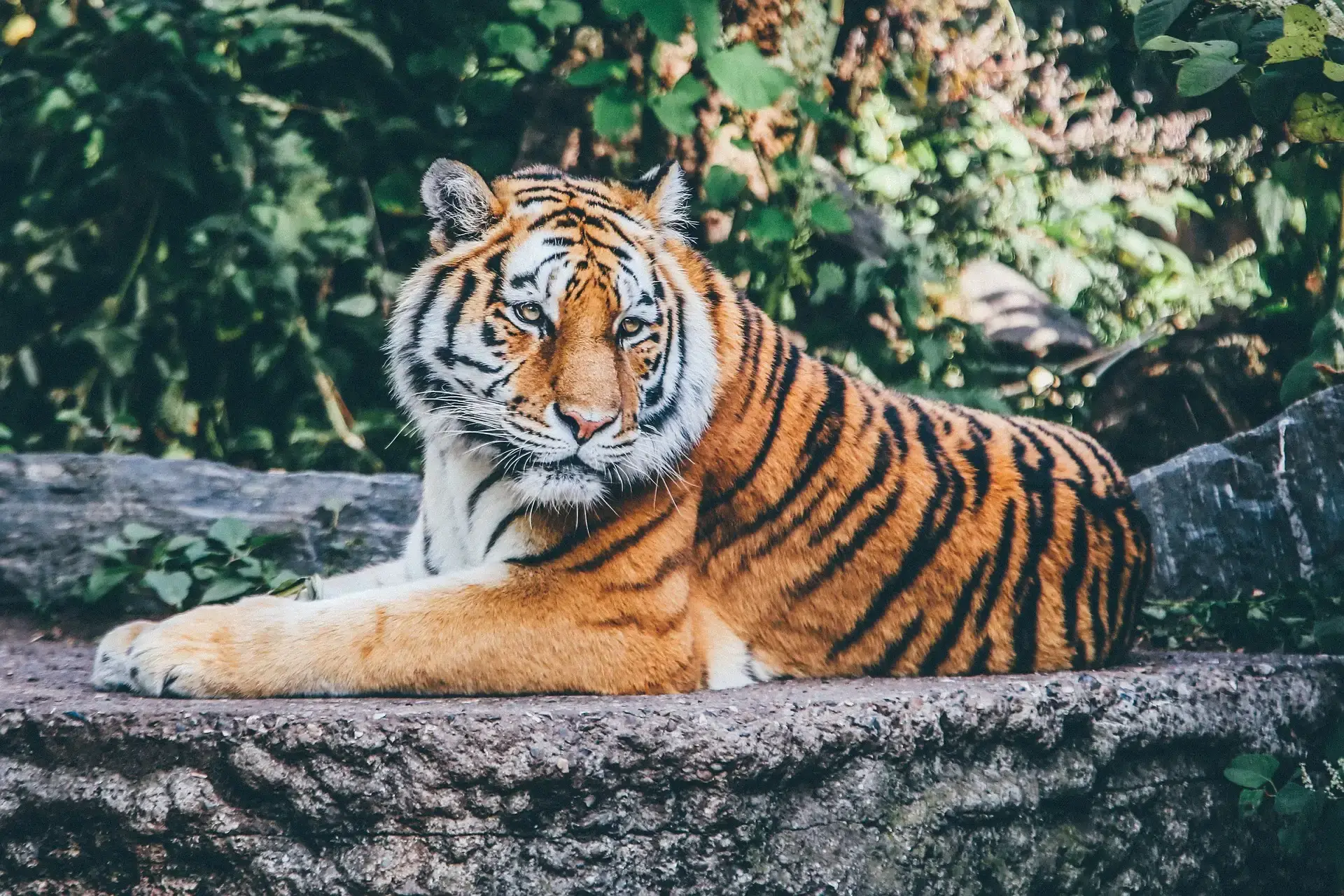3 min to read
Between Forest and Fields: Leopard’s Rescue Highlights Wildlife Challenges

In Kannur, Kerala, a leopard was recently found trapped in a snare set up in a forested area near Peravoor. The incident created a stir among the locals, prompting wildlife officials and the police to act quickly.
The leopard, a young adult male, had wandered into the village from the nearby forest, possibly in search of food. Unfortunately, it got caught in a wire snare likely meant for smaller animals like wild boars. The poor animal was discovered struggling in the trap by villagers, who immediately informed the authorities.
 Rescue Operation
Rescue Operation
A team from the Forest Department rushed to the spot to rescue the leopard. After tranquilizing it safely, the team freed the animal from the snare. Thankfully, the leopard didn’t suffer any major injuries and was later released back into the forest after medical checks.
 Safety Concerns in the Area
Safety Concerns in the Area
This isn’t the first time a wild animal has strayed into human settlements in Kannur. With shrinking forests and growing villages, encounters between humans and wild animals have become more frequent. To prevent any panic or harm, the district administration has issued prohibitory orders under Section 187 (formerly 144) of the CrPC. This means people in the area are restricted from venturing out alone at night or into forested regions.
The Forest Department has also stepped up efforts to educate villagers about living safely near forest areas. They’re installing warning signs and reminding people not to leave food or garbage out, as it can attract wild animals.
 What’s Next?
What’s Next?
Incidents like this highlight the growing tension between wildlife and human populations. Experts say better planning is needed to protect forest habitats and reduce such encounters. For now, the authorities are on high alert to ensure the safety of both people and wildlife in Kannur.
 How We Can Protect Big Cats and Raise Awareness
How We Can Protect Big Cats and Raise Awareness
The plight of this leopard is a reminder of the broader challenges facing big cats like leopards and tigers in India. Here are some measures that can help ensure their survival:
 1. Protect and Restore Forest Habitats
1. Protect and Restore Forest Habitats
- Afforestation: Plant more trees to expand and restore forests that serve as natural habitats for big cats.
- Prevent Deforestation: Strict enforcement of laws against illegal logging and encroachments.
 2. Create Wildlife Corridors
2. Create Wildlife Corridors
- Wildlife corridors are essential for safe movement between fragmented forest areas. This reduces the chances of animals entering human settlements.
 3. Community Awareness Programs
3. Community Awareness Programs
- Conduct workshops and awareness campaigns in villages near forests to educate people on coexistence with wildlife.
- Highlight the importance of big cats in maintaining ecological balance.
 4. Strengthen Anti-Poaching Efforts
4. Strengthen Anti-Poaching Efforts
- Equip forest guards with advanced tools and technology like drones and GPS tracking.
- Increase patrolling in vulnerable areas to curb illegal hunting and trapping.
 5. Promote Eco-Tourism
5. Promote Eco-Tourism
- Encourage responsible eco-tourism that generates funds for conservation efforts and provides employment opportunities to locals.
 6. Leverage Technology for Monitoring
6. Leverage Technology for Monitoring
- Use camera traps, satellite imagery, and AI to monitor tiger and leopard populations and detect threats in real time.
 7. Introduce Compensation Schemes
7. Introduce Compensation Schemes
- Provide compensation to farmers for livestock losses due to wildlife attacks. This reduces animosity towards big cats.
 Raising Public Awareness
Raising Public Awareness
- Schools and colleges can include wildlife conservation topics in their curriculum.
- Media campaigns can highlight the importance of big cats and the consequences of their extinction.
- Celebrate events like World Wildlife Day or National Tiger Day to engage the public and spread awareness.
 Call to Action
Call to Action
It’s not just the government’s responsibility; everyone can contribute to saving big cats. Support conservation organizations, avoid buying products derived from wildlife, and spread awareness through social media and local initiatives. By working together, we can create a safer world for majestic creatures like leopards and tigers.




Comments